I’m an advocate of continual development and implementation of technology to drive business outcomes.
But I often wonder (as all business managers should) if we’ll achieve the full benefit of anticipated outcomes when you consider other factors such as the human psyche.
Some everyday observations to explain what I mean
Many years ago, in the late 80s, I needed to write a speech each week for a Toastmasters course I was attending.
One week I chose to write about my observations of people when they’re confronted with choice.
I’d started to observe that, when choice was available, most people chose to continue their normal routine.
For instance, I noticed in the car park with a plethora of spaces available early in the morning, we all generally parked in the same spot. On the train, I would see the same faces in the same seats.
The more I observed, the more I noticed this behaviour.
I hypothesised (rationalised) at the time that, each day as the world turns faster, we were being faced with more and more choices and decisions.
People compartmentalise some of these choices into a routine and treat them as a decision made. This potentially frees up brain space, time and effort to use for other (more important) decisions.
ABW and the human psyche
So, human psyche may divert the outcome from the intention. That brings me to ABW.
ABW can be many things to many people. It’s general purpose is to provide flexibility and to maximise the space in an office environment by taking away fixed seating arrangements and supporting a more flexible approach.
People can sit where they want, based on such things as the time they arrive, the function they’re performing or the people they’re working with.
Through this approach, its overall purpose is to increase efficiency of space and productivity through collaboration.
However, if you think about our tendency for routine, then you may see how easy an expected benefit may become elusive.
The point is (and I’ll preface this by saying I’m certainly no psychologist nor purport to be an expert of any kind in this field), we’re now introducing the potential of additional and constant change in the workplace.
With ABW, people have to think about their seating arrangements, placement and storage of personal items, etc., etc. — stuff we didn’t need to think about before.
The outcome is that time is now devoted to people thinking (and perhaps stressing) about these daily changes instead of thinking about other work-related matters such as planning the day ahead or a morning meeting or how they may be going to structure a document, and potentially delivering other efficiencies that we’ve never really considered.
This may even have a more detrimental effect on those who like structure or need it to thrive, and thus have an impact on team dynamics in a collaborative environment.
As such, ABW, when considered from its general definition, may not deliver the full amount of productivity and other benefits we’d intended.
Is mixing things up the answer?
Maybe it is. Maybe it’s not.
There’s certainly an argument that we should continually mix things up and take people out of their comfort zone to promote change and new ideas. I agree with this point of view.
Like most things, the road isn’t always straight. Our initial thoughts and assumptions may be flawed, as may be the case with our initial expectations of ABW.
What may be a space-efficiency benefit to some businesses may prove to be an innovation benefit to others.
The only true way to know of any benefits, whether it’s with ABW or otherwise, is to establish a business measure of the baseline against the changes made.
That way we’ll be able to tell if the changes actually realise the benefits expected or produce some that were not.











